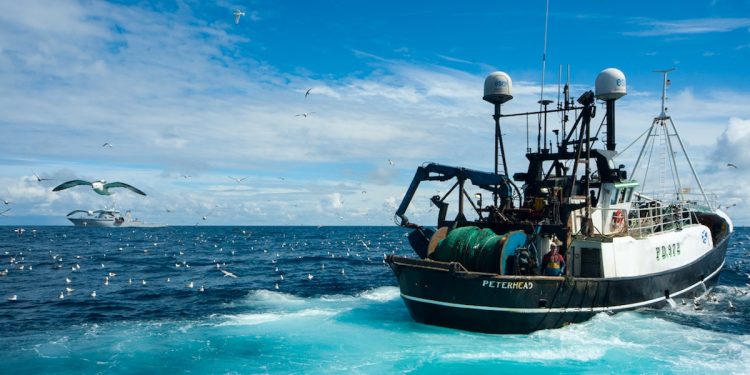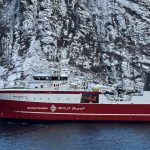The UK fishing fleet has seen a turnover of £1 billion for a second year, although external factors such as fuel cost, weather and the political landscape mean their profits have fallen slightly.
The Economics of the UK Fishing Fleet 2018 report published by Seafish shows that turnover remained at the £1 billion mark while operating costs for the UK fishing fleet increased by 2% in 2018 compared to 2017 (up from £743 million to £759 million.)
The sector saw a total operating profit of £268 million which was 4% lower than in the previous year. This is largely attributable to a marked increase in fuel costs, with average fuel price increasing by 19% to 50p per litre, although weather conditions such as the ‘Beast from the East’ early in the year – also caused a 5% reduction in the number of days at sea.

Fishing income remained largely unchanged in terms of value at £978 million. A 5% increase in the average price of landings mitigated against a lower number of active vessels (down 3% to 4512) and a 5% reduction in total weight landed.
As well as collating financial data, the survey also asks skippers and vessel owners to look ahead and consider their business in the future. There was a mixed response to the impact of the UK’s exit from the EU with some perceiving it as an opportunity while others felt it was a potential risk to their businesses.
‘In the light of increasing operating costs and various factors largely beyond the control of the industry, these figures represent another solid year for the UK fishing fleet,’ said Seafish Economics Project Manager Steve Lawrence.
‘Within this overall picture there are of course variations with some parts of the fleet performing better than others. Shellfish fishermen exporting to EU countries have benefitted from an average price per tonne increase by 42% since 2015, in part down to the drop in the pound/euro exchange rate, while longliners over 10m in length have suffered from a significant decrease in revenues due to a falls in the price of hake and a reduction in their landings per day at sea,’ he said.
‘This report is the major piece of research into the catching sector and helps both industry and government understand the economics of the sector and its impact on communities built around it. We are grateful to the skippers and owners who take the time to provide us with their data.’
Researchers from Seafish interviewed around 400 skippers and vessel owners about financial and operational performance and other factors including abundance of fish, access to quota, fuel price and the age and health of fishermen. The 2019 annual fleet survey began in July and continues until September and the results from that will be published next year.
The full report, Economics of the UK Fishing Fleet 2018, can be downloaded from Seafish, as can a full dataset providing the data broken down into fleet segments.









